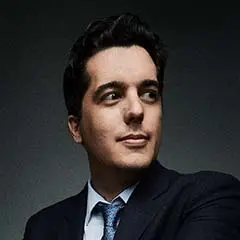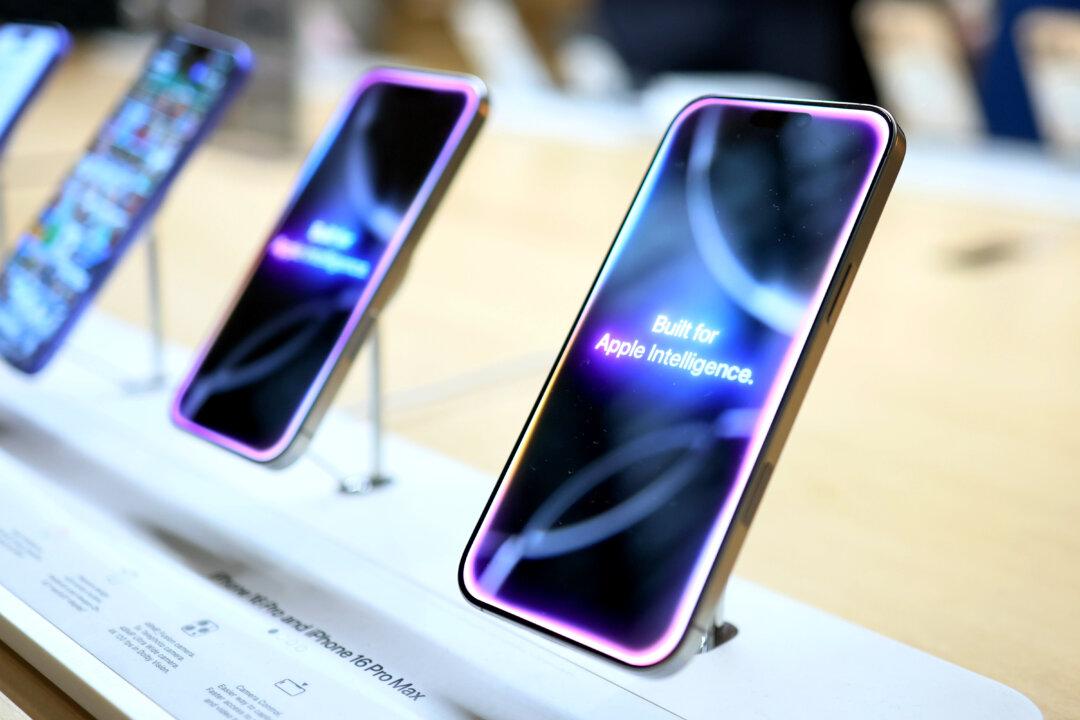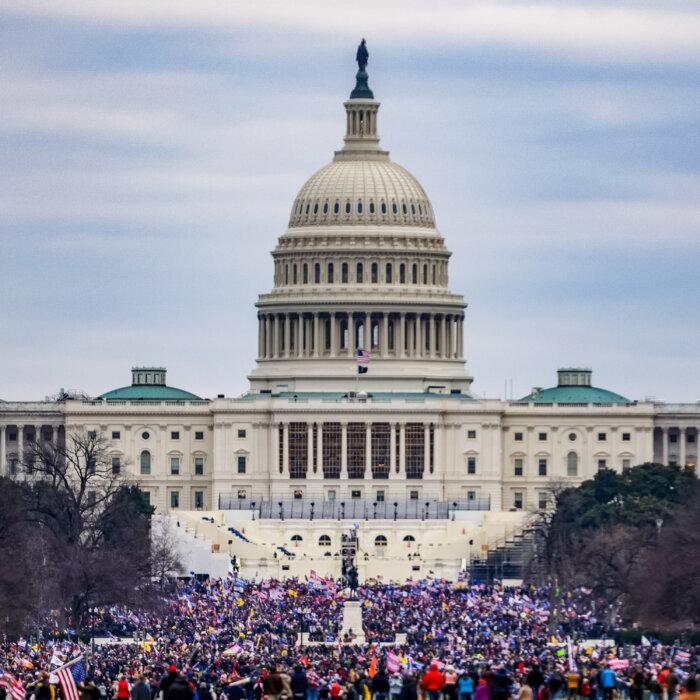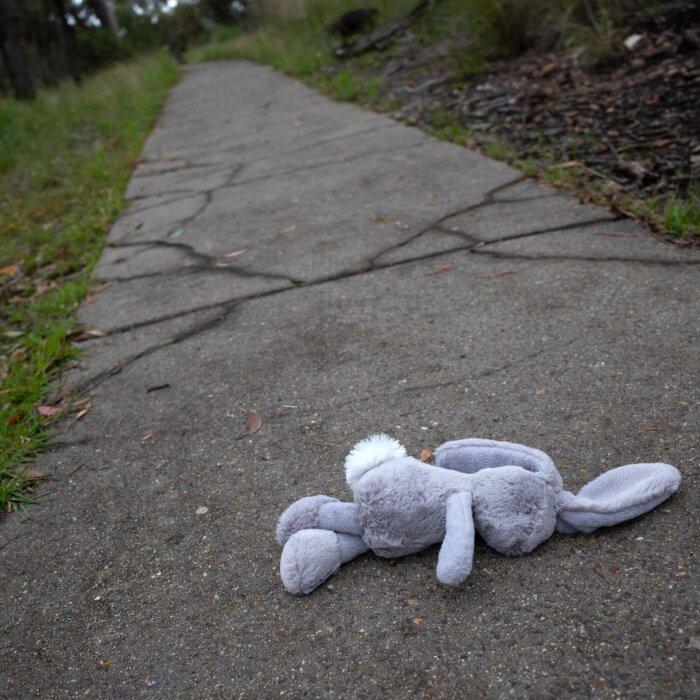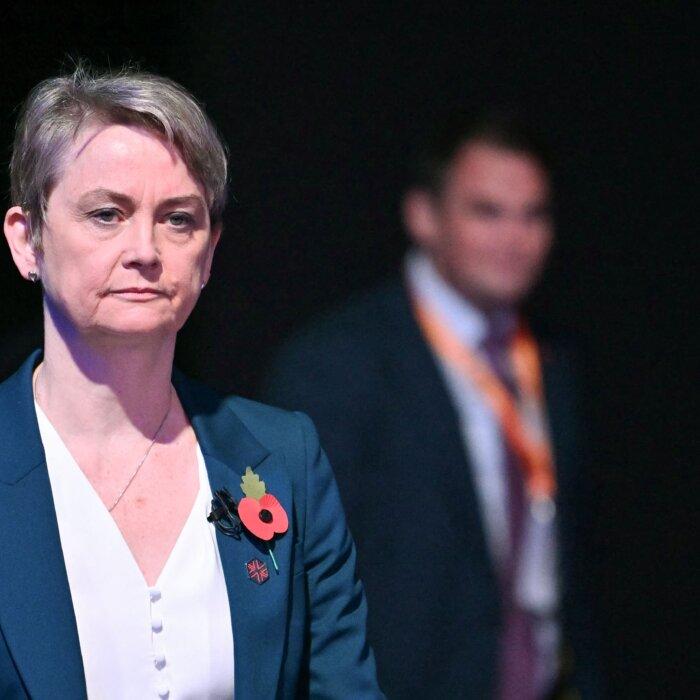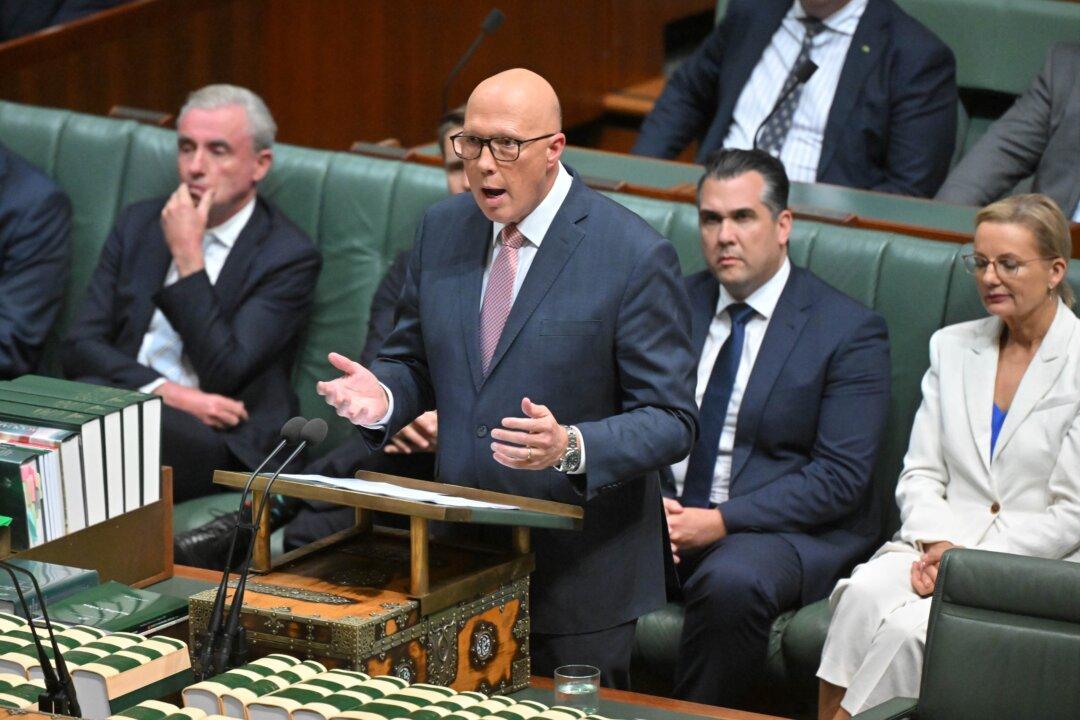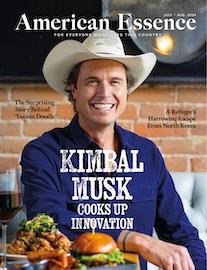Lutnick Says Exempted Electronic Products Will Face Separate Tariffs
‘This is not a permanent sort of exemption. [The president is] just clarifying that these are not available to be negotiated away by countries,’ he said.
China Hikes Tariffs on US Goods to 125 Percent
China issues a 125 percent retaliation duty against the United States.
Inside RFK Jr.’s Unprecedented Reset of HHS: David Mansdoerfer
David Mansdoerfer was HHS deputy assistant secretary during the first Trump administration. Now, he’s chief strategist at the Independent Medical Alliance.

Mail Order Melody
The Sears catalog’s wide reach and affordable guitars made music accessible to everyone.

A Beach Read: ‘The Martha’s Vineyard Beach and Book Club’
Martha Hall Kelly’s latest historical novel presents a family mystery set on a popular island, against a World War II backdrop.

These 5 Great Paintings Depict Famous Scenes From Literature
Classic literature and poetry have the power to inspire great works of art; we examine five pieces with strong ties to legend, plays, and myths.
Most Read
Top Stories
Breaking
NYC Helicopter Tour Company to Stop Operations After Fatal Crash, FAA Says
The Federal Aviation Administration said it will launch an immediate review of the New York Helicopter Tours’ license and safety record.
In New York, Shen Yun Earns Acclaim in 18-Show Sold Out Run
The performing arts company that showcases China before communism has been a target of a transnational repression campaign by the Chinese regime.
US Strips Benefits From Thousands of Criminal Aliens, Those on Terror Watchlist
The federal government is ending parole benefits for thousands of foreign nationals; Social Security is reclassifying them as ineligible to receive payments.
30 Bills in 37 Years: Guardianship Reforms Stall Despite Decades of Fraud
Fraud and abuse in America’s guardianship system will be difficult to address without reliable data to determine proper oversight, say system reform advocates.
▶Inside RFK Jr.’s Unprecedented Reset of HHS: David Mansdoerfer
David Mansdoerfer was HHS deputy assistant secretary during the first Trump administration. Now, he’s chief strategist at the Independent Medical Alliance.
Day in Photos: New Year in Thailand, Missing Jogger Search, and Release of the Cows
A look into the world through the lens of photography.
FBI: Wisconsin Teen Allegedly Killed Parents as Part of Plot to Assassinate Trump, Overthrow Government
He faces nine felony charges, including two counts of first-degree homicide and two counts of hiding a corpse, according to Waukesha County court records.
How a Teenage Girl Spotlighted the Pandora’s Box of China’s Private Data Collection
The Chinese regime’s control of large databases enabled the leaking of private information, and it’s hitting party officials like a ‘boomerang,’ analysts say.
Trump Aide Navarro Brushes Off Musk Insults: ‘Not an Issue’
‘I’ve been called worse,’ the White House adviser said.
Arrest Made in Suspected Arson Fire on Pennsylvania Gov. Shapiro’s Home: Police
‘My family and I woke up to bangs on the door from the Pennsylvania State Police,’ the governor said.
Appeals Court Allows Layoffs But No Dismantling of Consumer Bureau
The order scales back portions of an injunction from a federal judge that sought to block the dismantling of the Consumer Financial Protection Bureau.
Trump in Excellent Health, White House Doctor Says Following Annual Checkup
‘Trump exhibits excellent cognitive and physical health and is fully fit to execute the duties of the Commander-in-Chief,’ the White House physician noted.
Tourist Helicopter in Fatal New York Crash Lacked Flight Recorders: NTSB
The NTSB also said that ‘no onboard video recorders or camera recorders have been recovered.’
‘Classical Theatrics at Its Best,’ University Park Mayor Says After Seeing Shen Yun
“The storyline is phenomenal. The colors are so brilliant,” Mr. Roudez said.
Energy Secretary Says US, Saudi Arabia on Pathway to Civil Nuclear Agreement
‘For a U.S. partnership and involvement in nuclear here, there will definitely be a 123 agreement,’ the energy secretary said.
Tracking Trump’s High Level Appointments, Senate Confirmations
The Senate is undertaking the confirmation process for the president’s new administration.
Social Security Says Set to Improve Telephone Claim Processing
‘Telephone remains a viable option to the public,’ said the SSA.
Man Deported in Error by US Is Secure in El Salvador Prison: Official
A State Department official said that Kilmar Abrego Garcia is ‘detained pursuant to the sovereign, domestic authority of El Salvador.’
Armenia Inches Closer to Europe Amid Ongoing Frictions With Azerbaijan
Regional foes say they’re close to signing a peace deal despite ongoing flare-ups along their shared border.
Passengers Will Soon Need Real ID to Board Domestic Flights, TSA Warns
The agency will begin enforcing the long-delayed REAL ID rules at airports nationwide on May 7.
Europe Says Tech Regulation Isn’t on the Table in Tariff Talks. Analysts Disagree
‘It’s going to be a cat and mouse game. It depends on who blinks first,’ said Norman Lewis, a former director of technology research at Orange UK.
Virginia Irwin: Among the First Americans in Berlin in 1945
In this installment of ‘Profiles in History,’ we meet a talented, fearless journalist, who entered Berlin before Americans were allowed in.
Special Coverage
Special Coverage

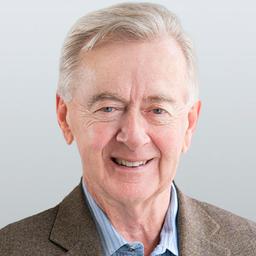

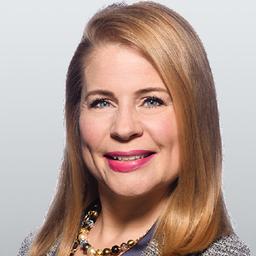

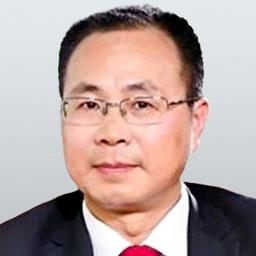

































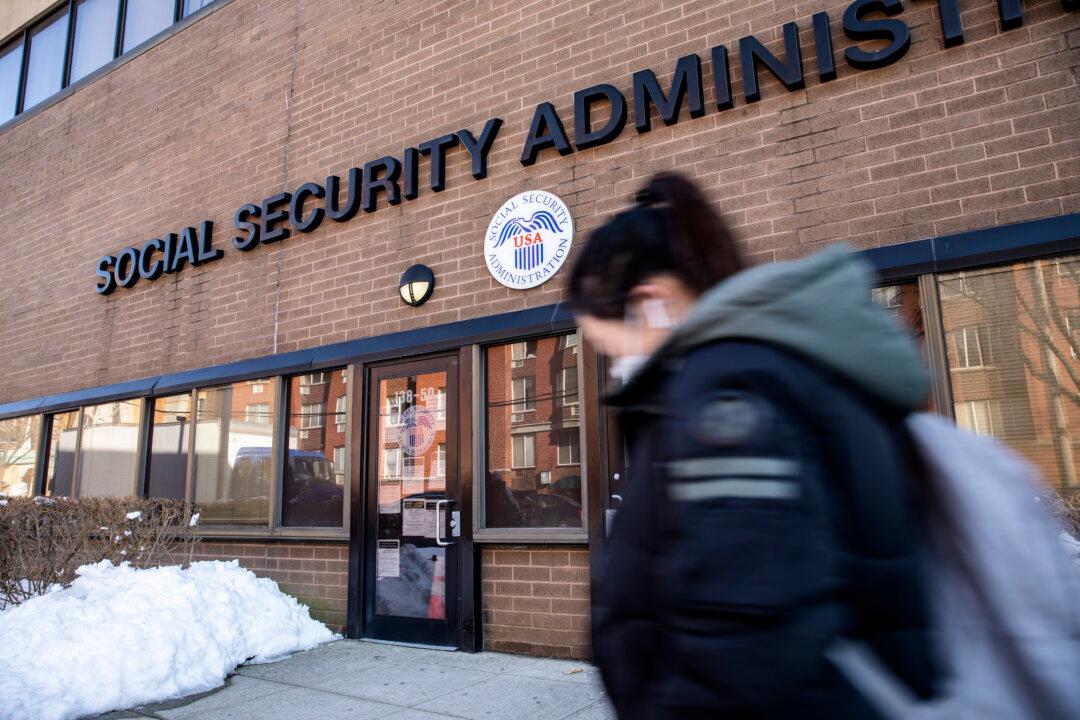
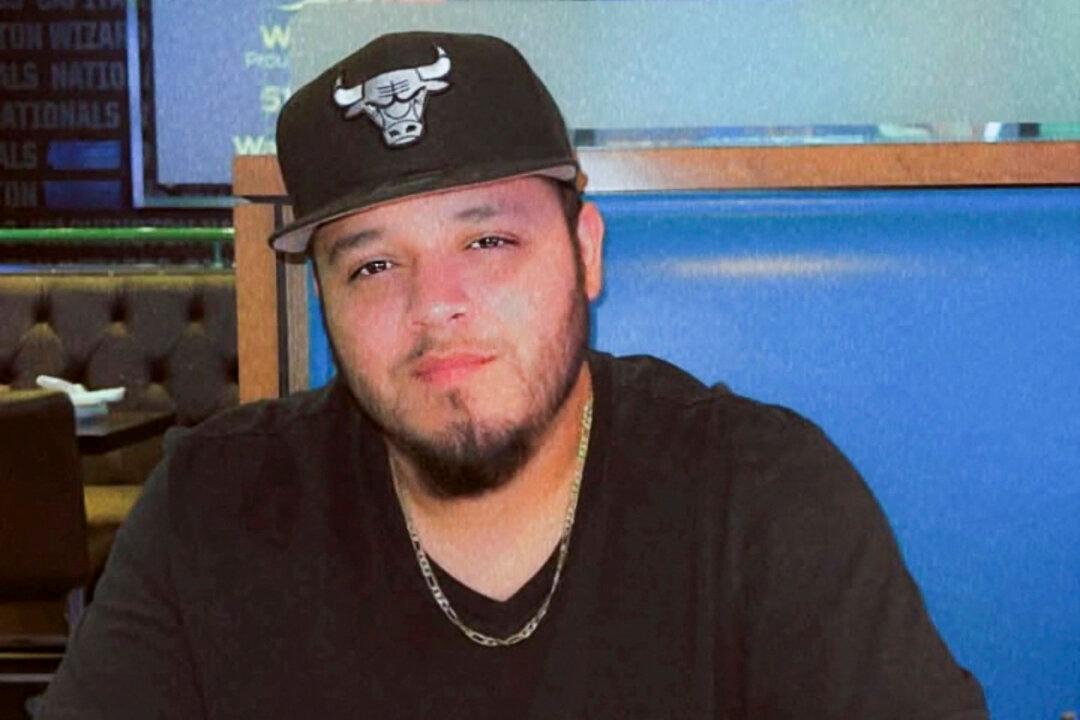







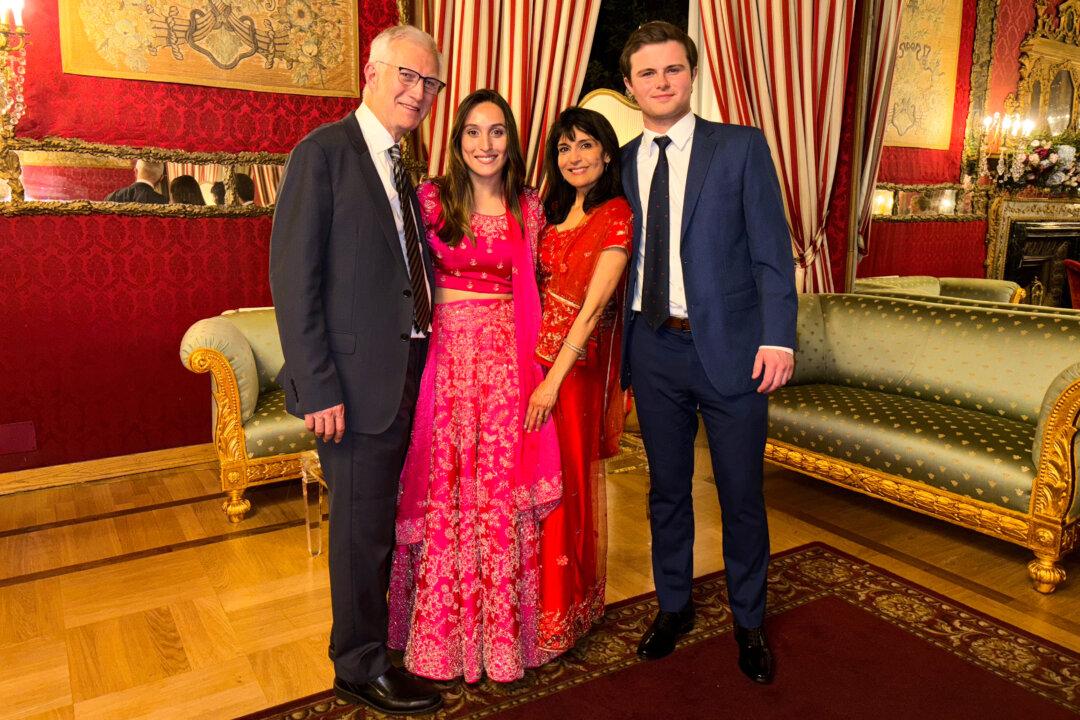








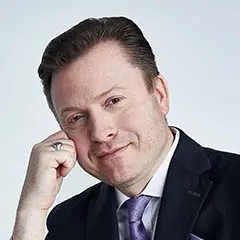
![[LIVE Q&A 04/14 at 10:30AM ET] How US Trade Is Forcing a Shift in Global Politics | Live With Josh](https://www.theepochtimes.com/_next/image?url=https%3A%2F%2Fimg.theepochtimes.com%2Fassets%2Fuploads%2F2025%2F04%2F13%2Fid5841352-041425_REC-600x338.jpg&w=1200&q=75)
